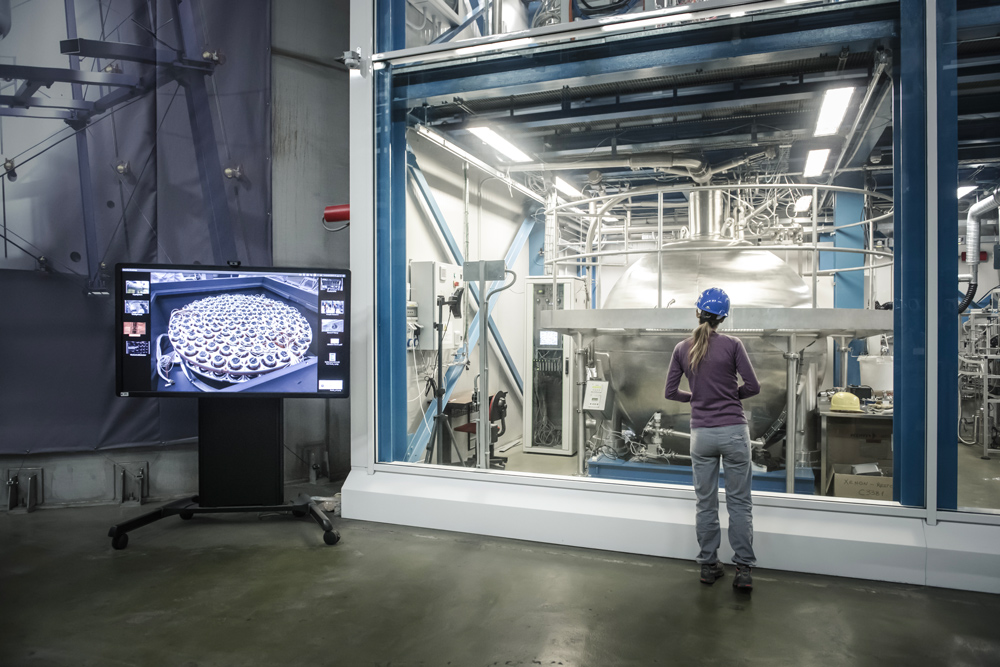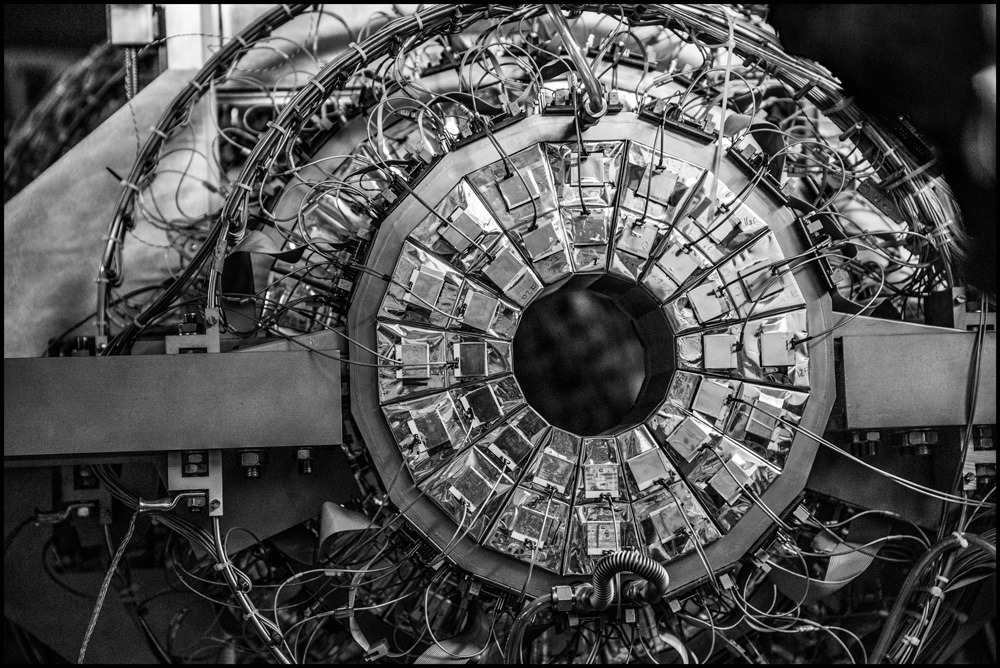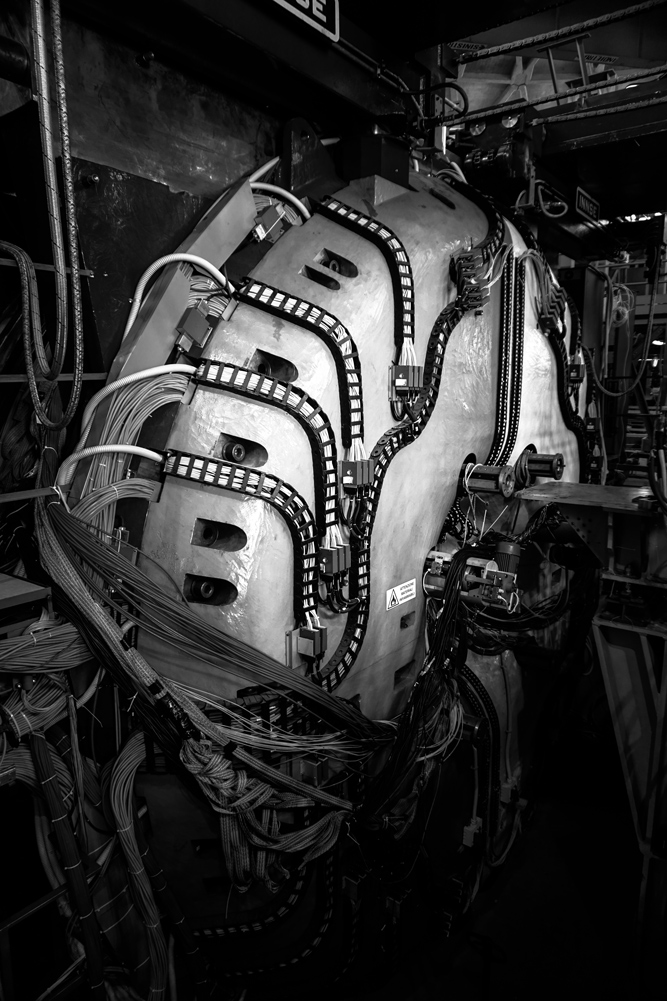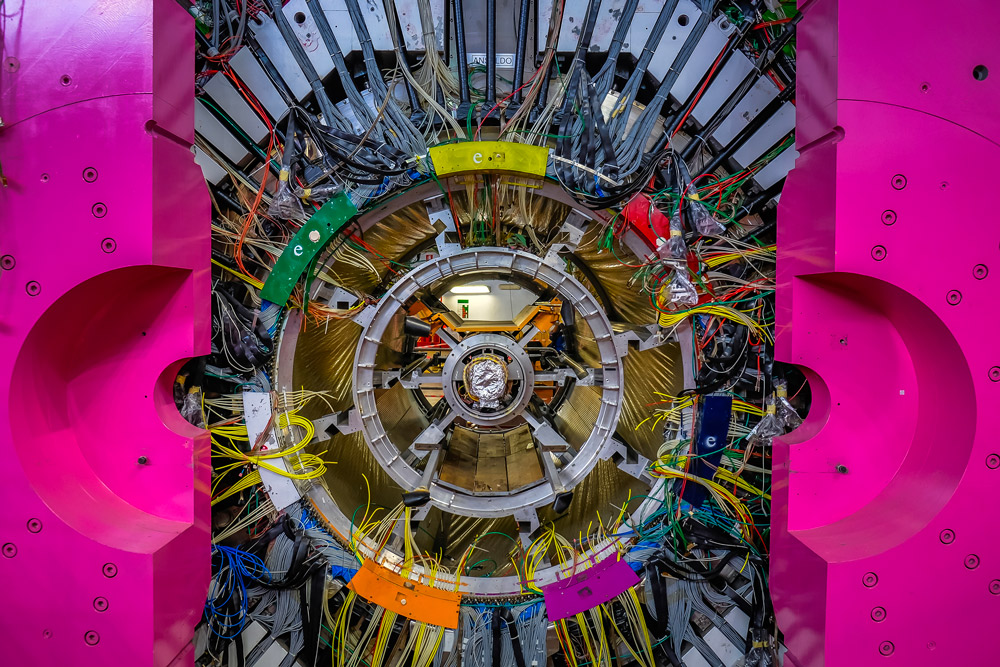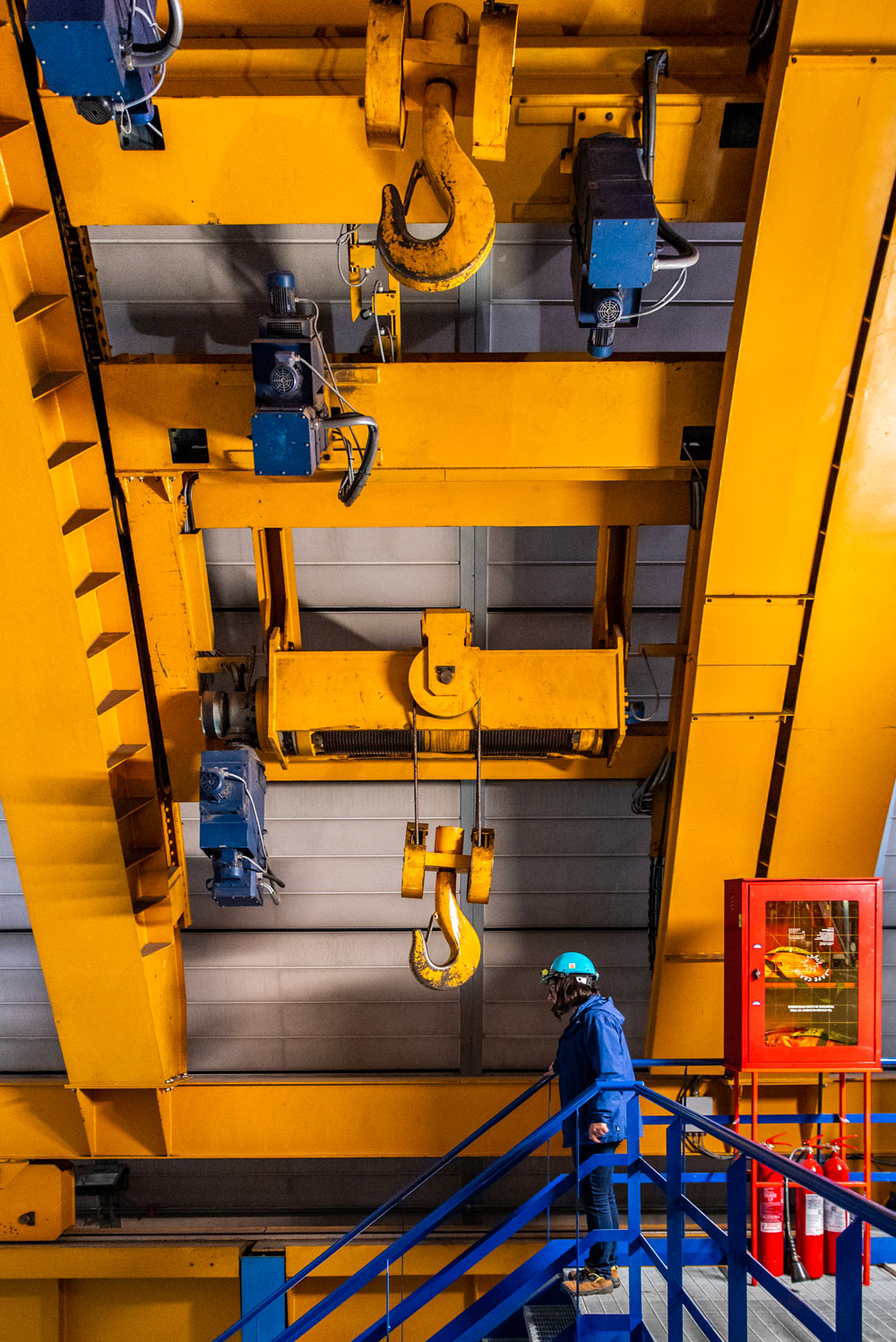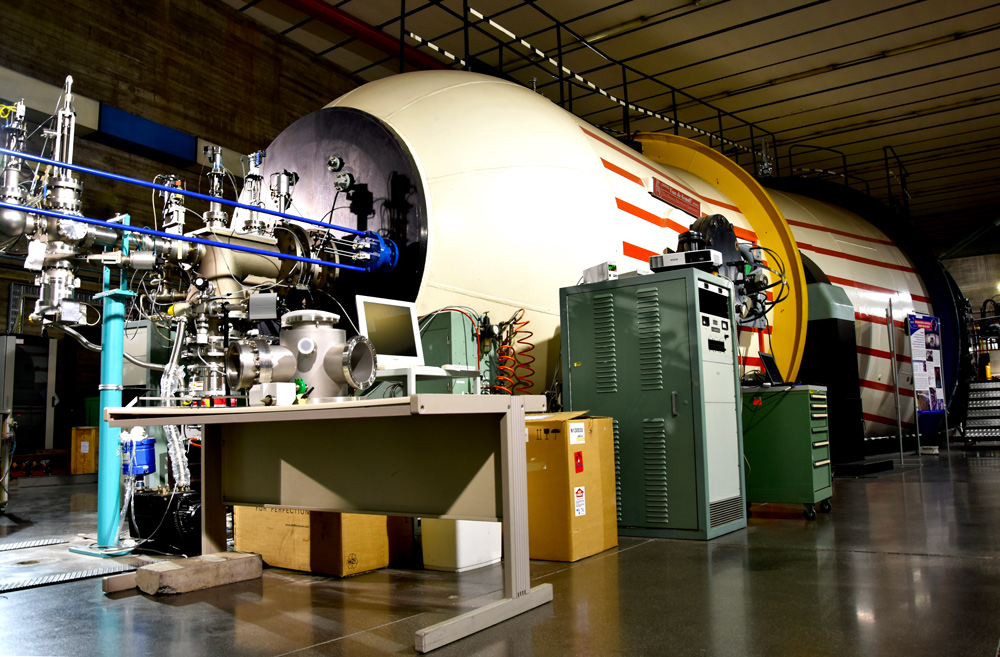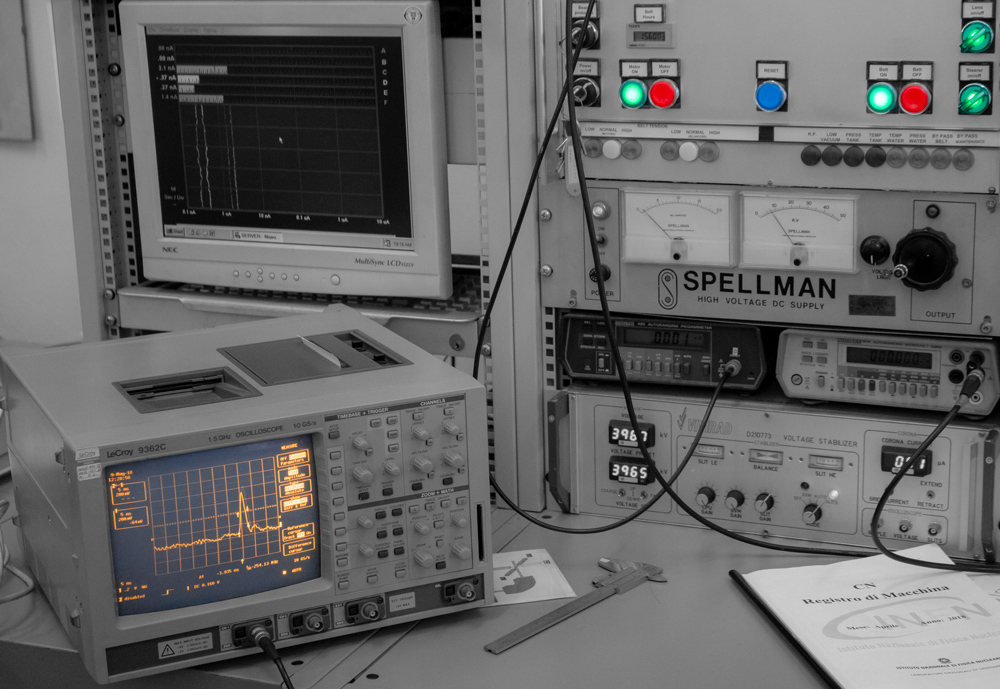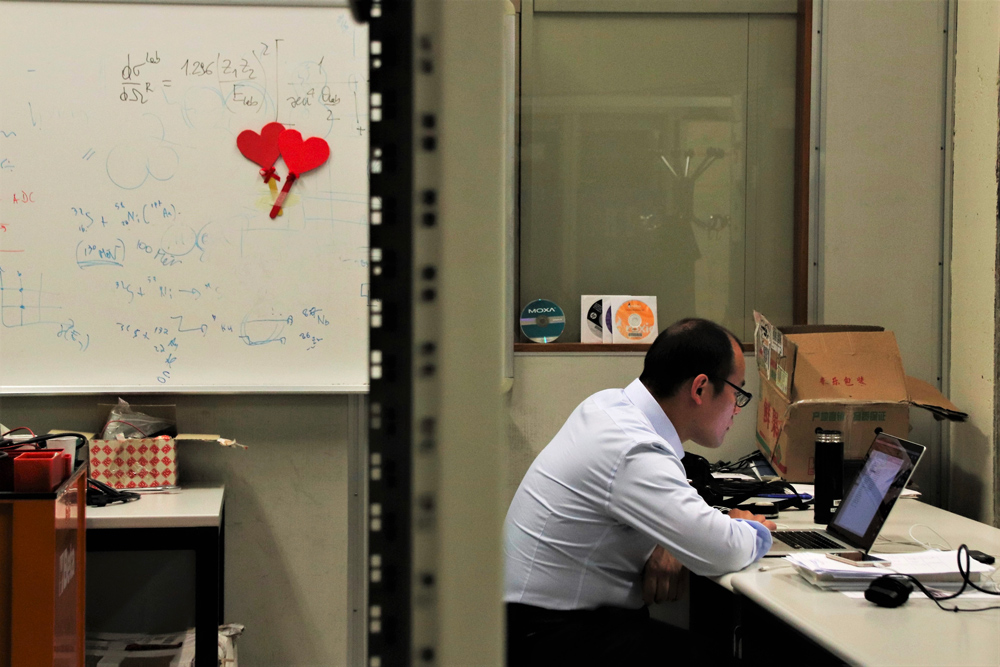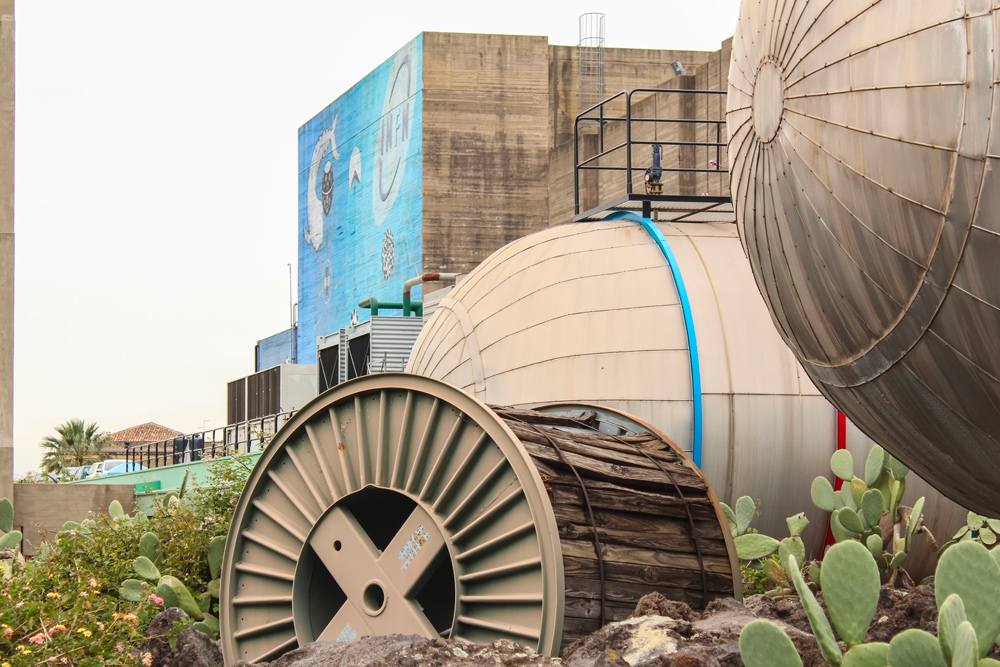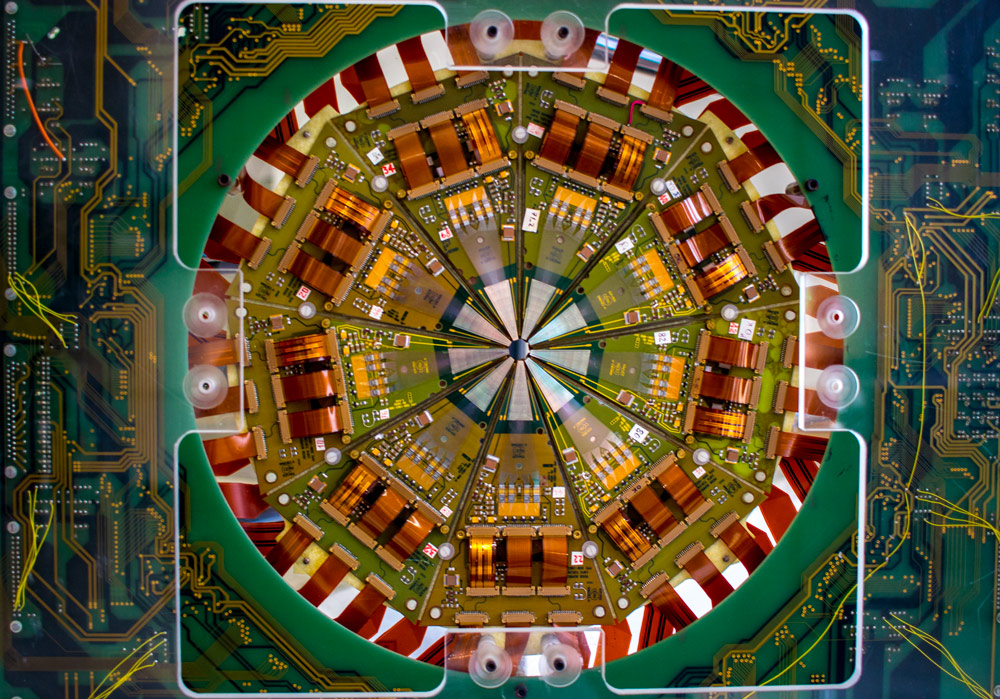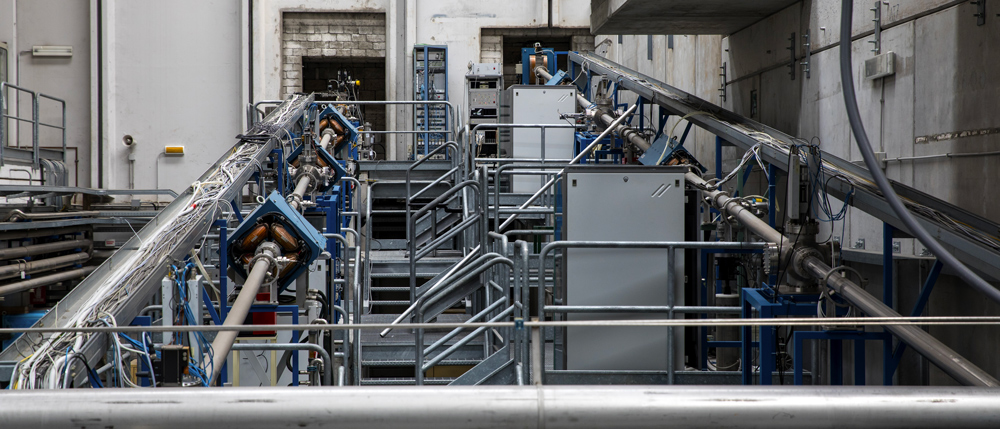LISA PATHFINDER: MISSION ACCOMPLISHED
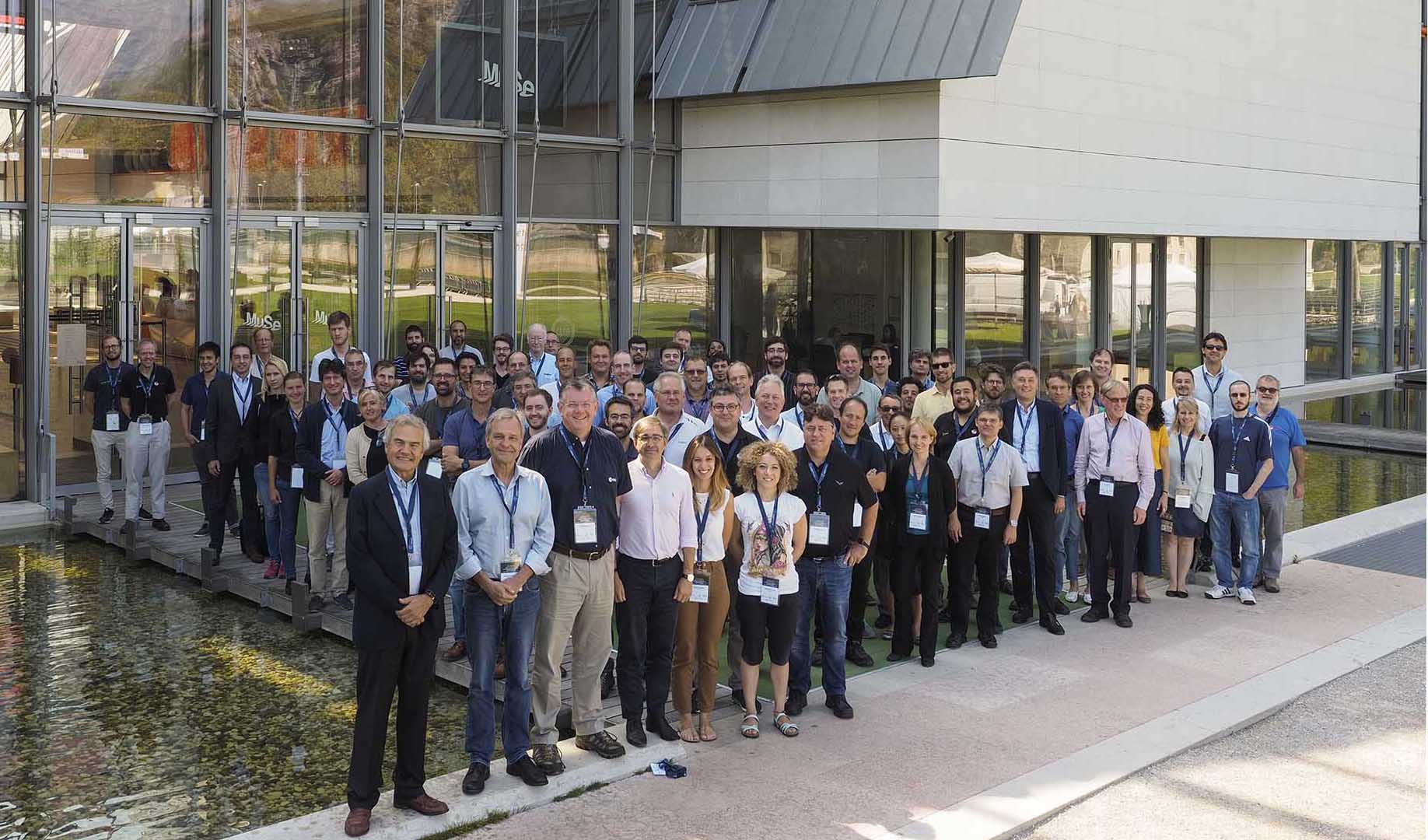 Scientists of the international Lisa Pathfinder collaboration met in Trento to celebrate the success of the Lisa Pathfinder mission and to discuss the scientific results achieved over the past ten years. The event, which took place on 11 and 12 September, was hosted by the MUSE - Museum of Sciences of Trento and it was jointly promoted by the European Space Agency (ESA), the Italian Space Agency (ASI), INFN, the University of Trento and MUSE. The LISA Pathfinder mission of the European Space Agency (ESA), launched in December 2015 and ended in June of last year, has allowed us to open a new path to the exploration of the universe. It tested the concept of gravitational wave detection from space, demonstrating that the movement of two test masses (in gold-platinum alloy) in almost perfect gravitational free fall can be controlled and measured with very high precision. LISA Pathfinder thus paved the way for the construction of the real LISA (Laser Interferometer Space Antenna) space observatory, whose launch in orbit is expected in 2034. This is a new ambitious goal that ESA has foreseen among the three most extensive missions in its development program (Cosmic Vision) for the next twenty years. The final phase of LISA Pathfinder operations will officially terminate at the end of 2018 but the precious scientific data it has produced will be analysed and exploited for a long time.
Scientists of the international Lisa Pathfinder collaboration met in Trento to celebrate the success of the Lisa Pathfinder mission and to discuss the scientific results achieved over the past ten years. The event, which took place on 11 and 12 September, was hosted by the MUSE - Museum of Sciences of Trento and it was jointly promoted by the European Space Agency (ESA), the Italian Space Agency (ASI), INFN, the University of Trento and MUSE. The LISA Pathfinder mission of the European Space Agency (ESA), launched in December 2015 and ended in June of last year, has allowed us to open a new path to the exploration of the universe. It tested the concept of gravitational wave detection from space, demonstrating that the movement of two test masses (in gold-platinum alloy) in almost perfect gravitational free fall can be controlled and measured with very high precision. LISA Pathfinder thus paved the way for the construction of the real LISA (Laser Interferometer Space Antenna) space observatory, whose launch in orbit is expected in 2034. This is a new ambitious goal that ESA has foreseen among the three most extensive missions in its development program (Cosmic Vision) for the next twenty years. The final phase of LISA Pathfinder operations will officially terminate at the end of 2018 but the precious scientific data it has produced will be analysed and exploited for a long time.




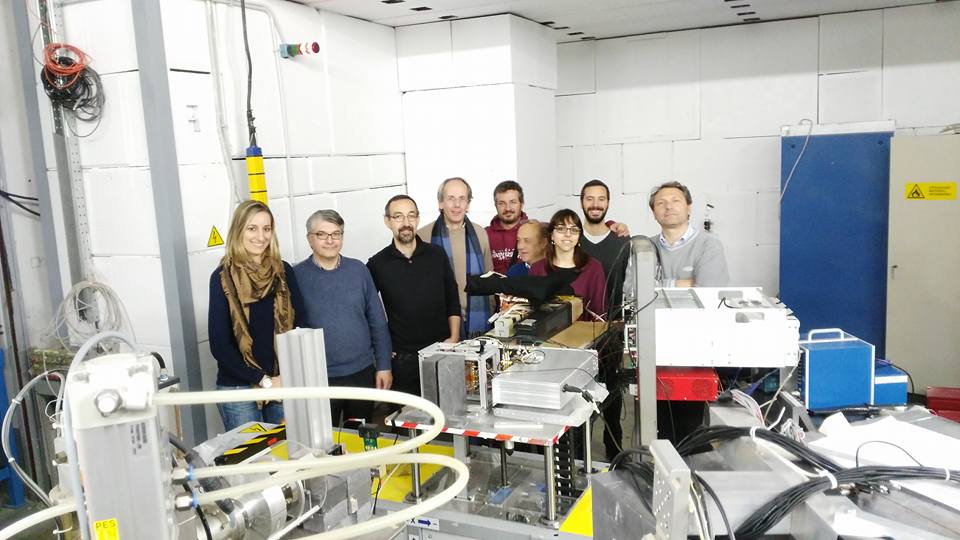 The PADME experiment for the search for dark matter is about to begin the data acquisition phase at the Frascati National Laboratories of the Italian National Institute of Nuclear Physics (INFN). PADME is dedicated to the search for the dark photon, a hypothetical particle similar to the photon of electromagnetic waves, but provided with a small mass. The hypothesis on which the experiment is based is that dark matter is sensitive to a new type of force, which is not among the four fundamental forces we know (gravitational, electromagnetic, strong nuclear and weak nuclear), to which it would be associated a "messenger" called precisely a dark photon. This hypothesis is predicted by some theoretical models that describe the dark matter that physicists from all over the world have been hunting for years. "The study of dark matter is one of the most fascinating frontiers of research in fundamental physics. We do not know what it is made of but we know that it consists of something different from the particles that make up ordinary matter such as protons, neutrons or electrons "states Mauro Raggi, spokesperson of the experiment,researcher of INFN and La Sapienza University of Rome. "PADME will enter data in the coming weeks and will then start to hunt for the dark photon, a particle similar to the ordinary photon but characterized by having a small mass" underlines Paolo Valente, co-spokesperson of the experiment, researcher of INFN and Sapienza University of Rome.
The PADME experiment for the search for dark matter is about to begin the data acquisition phase at the Frascati National Laboratories of the Italian National Institute of Nuclear Physics (INFN). PADME is dedicated to the search for the dark photon, a hypothetical particle similar to the photon of electromagnetic waves, but provided with a small mass. The hypothesis on which the experiment is based is that dark matter is sensitive to a new type of force, which is not among the four fundamental forces we know (gravitational, electromagnetic, strong nuclear and weak nuclear), to which it would be associated a "messenger" called precisely a dark photon. This hypothesis is predicted by some theoretical models that describe the dark matter that physicists from all over the world have been hunting for years. "The study of dark matter is one of the most fascinating frontiers of research in fundamental physics. We do not know what it is made of but we know that it consists of something different from the particles that make up ordinary matter such as protons, neutrons or electrons "states Mauro Raggi, spokesperson of the experiment,researcher of INFN and La Sapienza University of Rome. "PADME will enter data in the coming weeks and will then start to hunt for the dark photon, a particle similar to the ordinary photon but characterized by having a small mass" underlines Paolo Valente, co-spokesperson of the experiment, researcher of INFN and Sapienza University of Rome.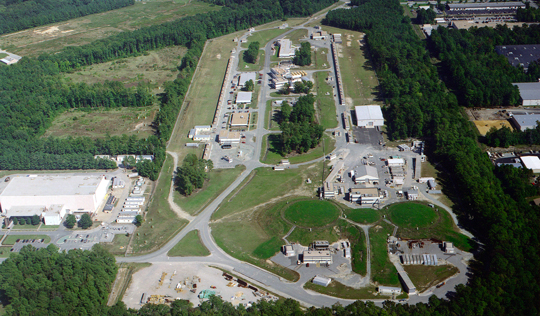
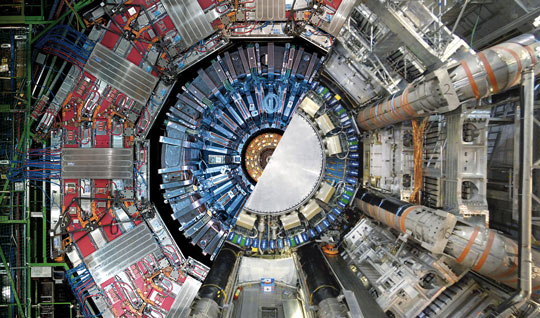 It is a process, predicted by the Standard Model of particle physics and long sought: indeed it took six years to identify the decay of the Higgs boson in a pair of fundamental particles, called b-quarks (from beauty). The observation, presented on August 28th at CERN, by the scientific collaborations ATLAS and CMS at the LHC accelerator, confirms the hypothesis that the quantum field of the Higgs boson, which pervades the whole universe, also couples with the b-quark giving it a mass. Identifying this decay channel has been anything but easy: there are, in fact, many ways to produce quark b in proton collisions. This makes it difficult to isolate the decay signal of the Higgs boson from the "background noise" associated with these processes. In order to definitively isolate the signal, the ATLAS and CMS collaborations had to combine the data of the first and second run of LHC, including collisions at the energies of 7, 8 and 13 TeV. The result, both for ATLAS and CMS, lead to the observation of the decay of the Higgs boson in a pair of b-quarks with a statistical significance of more than 5 standard deviations (5 sigma). Both collaborations measured a decay rate consistent with the Standard Model prediction, within the current measure.
It is a process, predicted by the Standard Model of particle physics and long sought: indeed it took six years to identify the decay of the Higgs boson in a pair of fundamental particles, called b-quarks (from beauty). The observation, presented on August 28th at CERN, by the scientific collaborations ATLAS and CMS at the LHC accelerator, confirms the hypothesis that the quantum field of the Higgs boson, which pervades the whole universe, also couples with the b-quark giving it a mass. Identifying this decay channel has been anything but easy: there are, in fact, many ways to produce quark b in proton collisions. This makes it difficult to isolate the decay signal of the Higgs boson from the "background noise" associated with these processes. In order to definitively isolate the signal, the ATLAS and CMS collaborations had to combine the data of the first and second run of LHC, including collisions at the energies of 7, 8 and 13 TeV. The result, both for ATLAS and CMS, lead to the observation of the decay of the Higgs boson in a pair of b-quarks with a statistical significance of more than 5 standard deviations (5 sigma). Both collaborations measured a decay rate consistent with the Standard Model prediction, within the current measure.